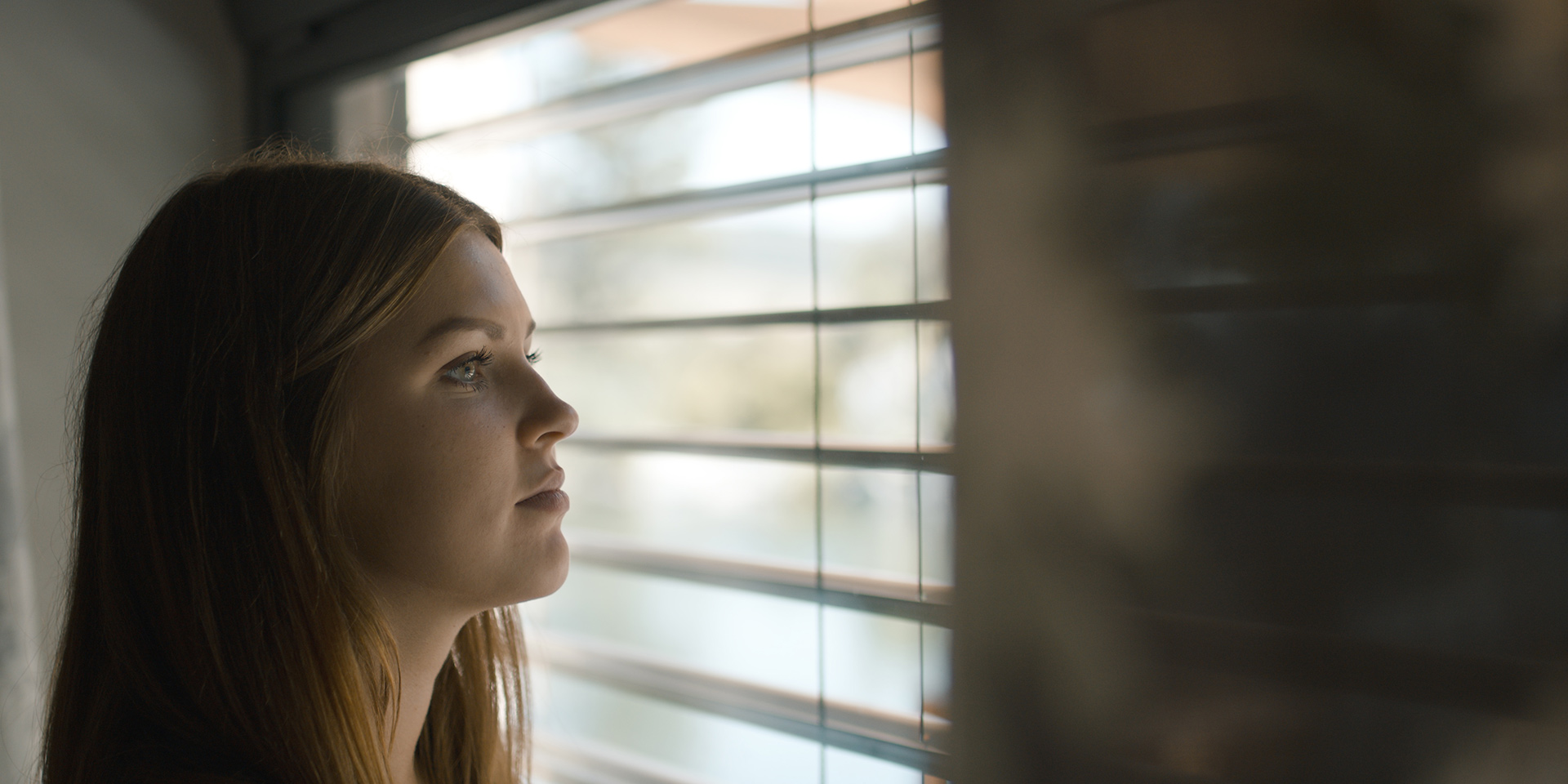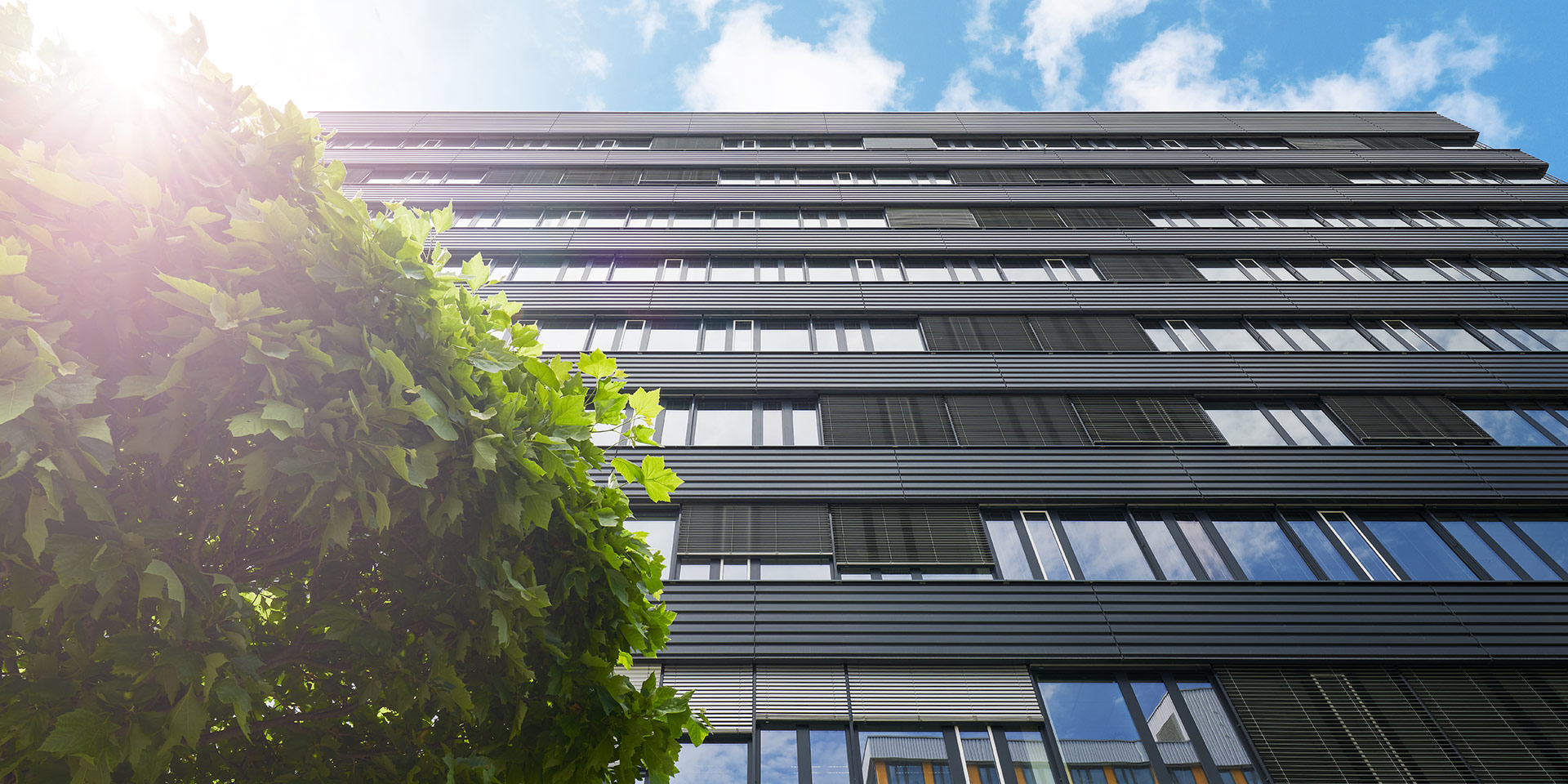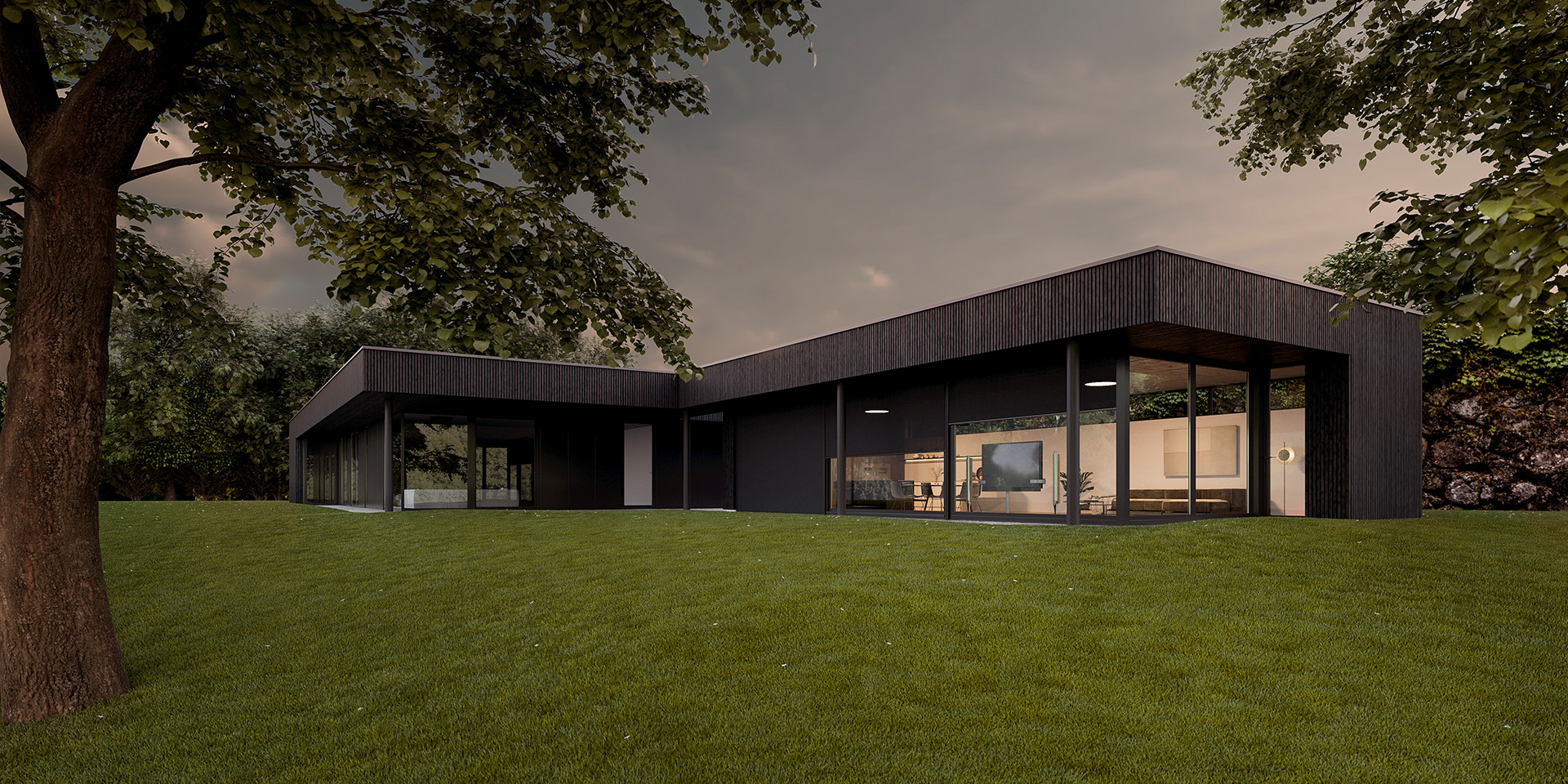What type of screening for bathrooms? Ideally, choose external blinds or roller blinds
Bathrooms are very moist, that’s why you never use natural materials for screening that are absorbent – typically wooden blinds or cotton curtains – so it’s best to choose screening made of more resistant materials. The best option of all is external screening, alternatively, for example, internal pleated textile roller blinds or aluminium blinds.
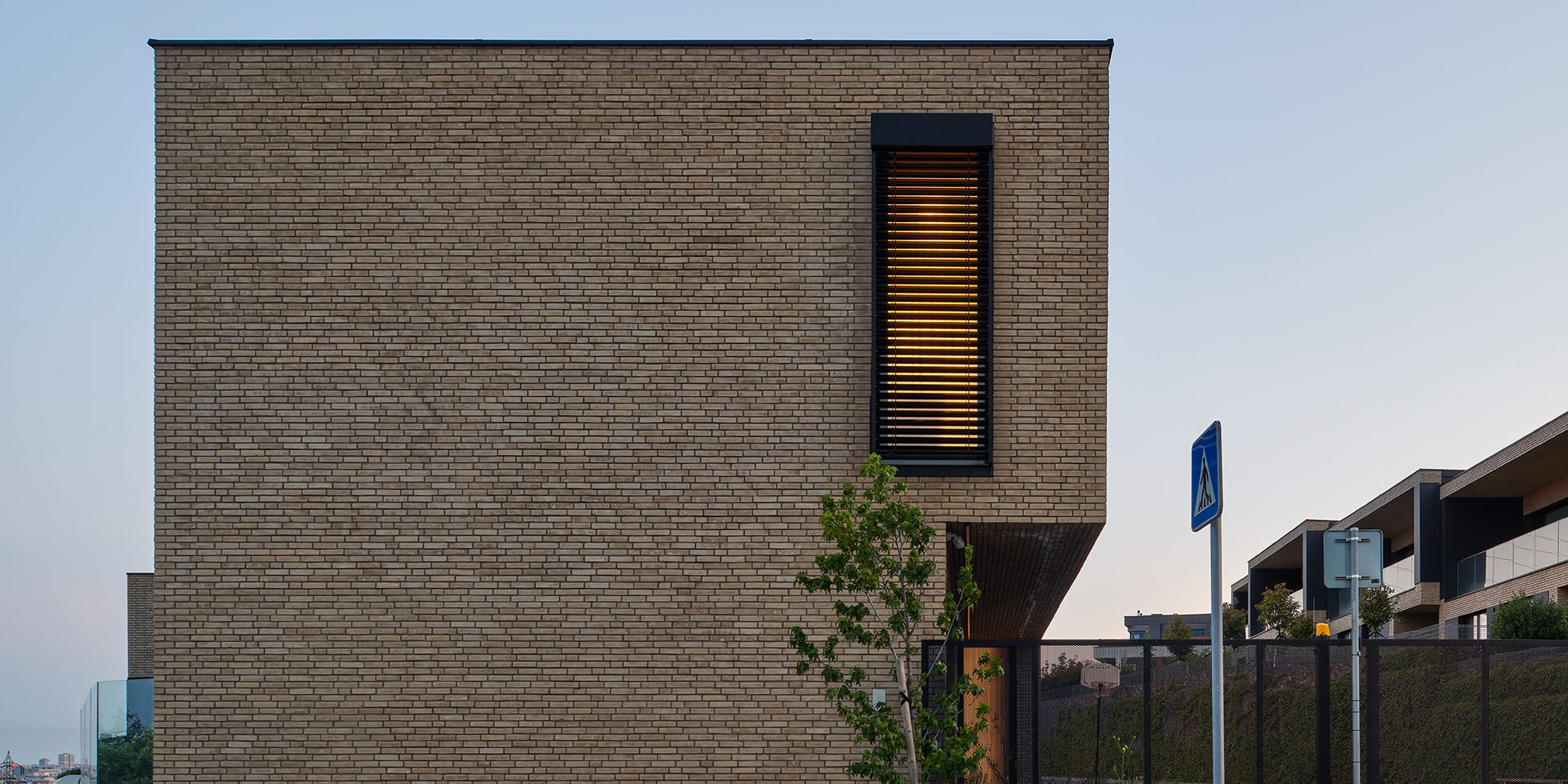
External screening is the best choice for bathrooms
Even if your bathroom has got good ventilation, your bathroom window will always become damp following a hot shower or bath and there’s a risk of mould forming around the frame. That’s why external screening is best to black out bathrooms as it doesn’t come into contact with moisture and condensed steam on the internal side of the window at all.
External blinds or external roller blinds will screen the bathroom window perfectly, provide you with privacy, and you can even keep the window open when taking a bath without anyone being able to see inside through the blacked out blinds. The only drawback of external window shading may be its higher purchase price. If you want to reduce the price, have blinds with cranks installed, you’ll lose the comfort of convenient control, though. We recommend screening a bathroom with external blinds or, for example, with screen roller blinds mainly for family houses or flats that have larger bathroom windows and where the quality of your housing matters a lot to you.
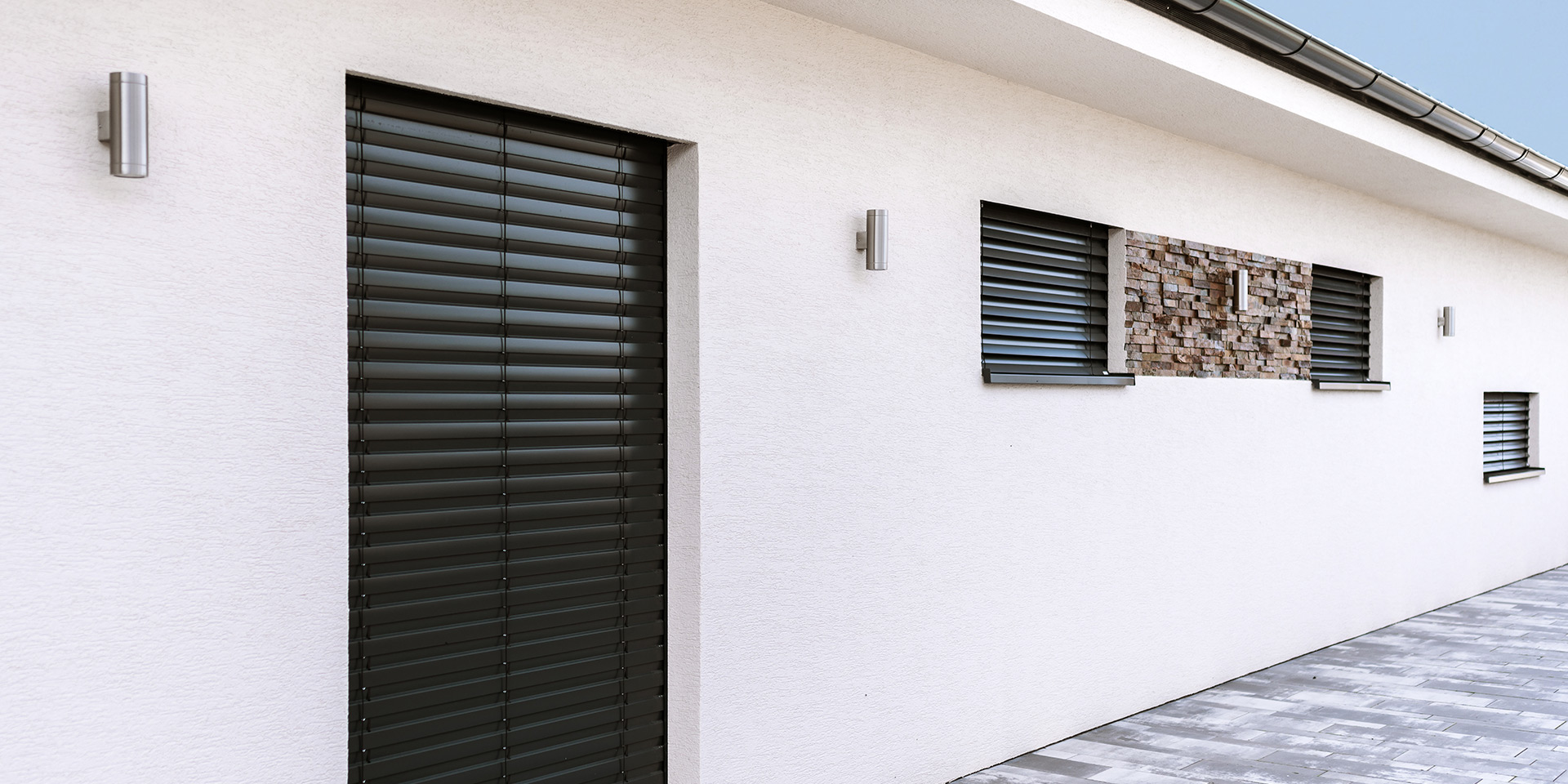
Alternatively, internal blinds or pleated blinds
If you live in a rented flat or your bathroom only has small windows, external shading may be too great a luxury for you, or it won’t be possible to make it at all. For instance, external blinds must have a minimum height of 50 cm and a minimum width of 40 cm when controlled by a crank, or 60 cm when controlled by a motor . In such a case, opt for internal shading – pleated blinds, conventional horizontal aluminium blinds or, for example, bamboo blinds will fit the bill.
In any case, remember that moisture forms and steam condenses in the space between the internal shading and the glass, so you need to pull up the shading every time after taking a shower or bath and ventilate the bathroom. Otherwise, there’s a risk of mainly the space around the guide cords of the blinds beginning to go mouldy. Also, clean the slats regularly with a cloth as they tend to go mouldy in places where they overlap one another when they are closed.
Some interior designers don’t oppose conventional curtains and drapery, either. If you opt for this alternative, choose curtains made of artificial material (for example, polyester) because other materials such as cotton will quickly go mouldy in the bathroom.
A frosted film can help as well
If you want to black out your bathroom just for the sake of privacy, you’ve got one more option – don’t deal with shading at all and stick a frosted non-transparent film to the window. As a result, no one will be able to see inside but keep in mind that there won’t be so much light inside owing to the film as before. That’s why we recommend this alternative only for smaller bathroom windows where you won’t experience a loss of light in the bathroom so much. Do you want to shade other rooms in your flat or house, too? Have a look at a comparison of all types of external shading or a comparison of internal and external shading.

